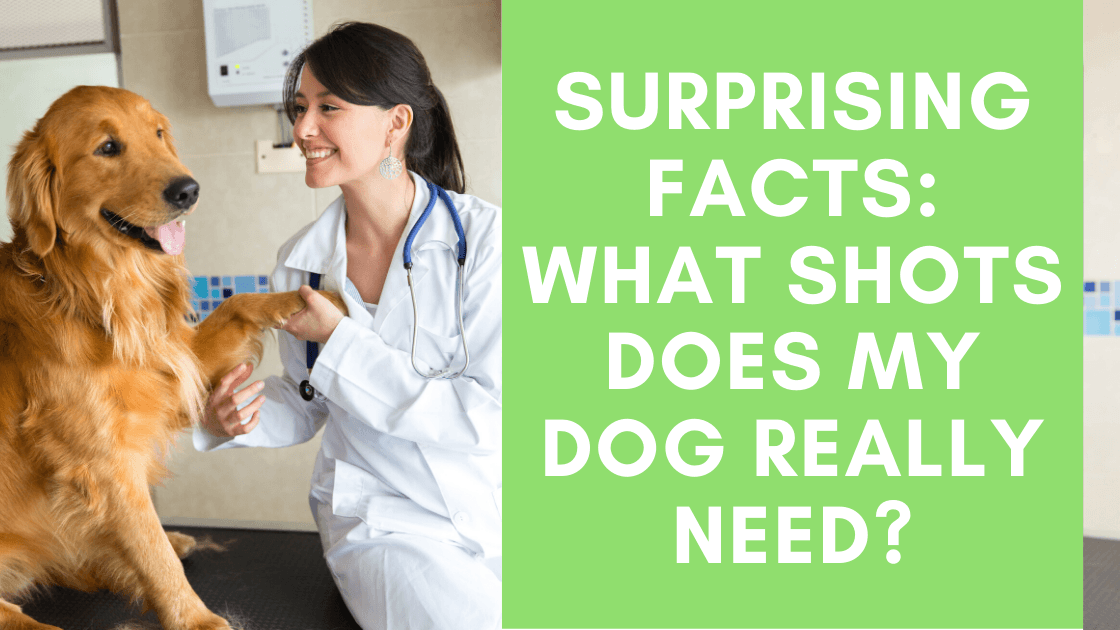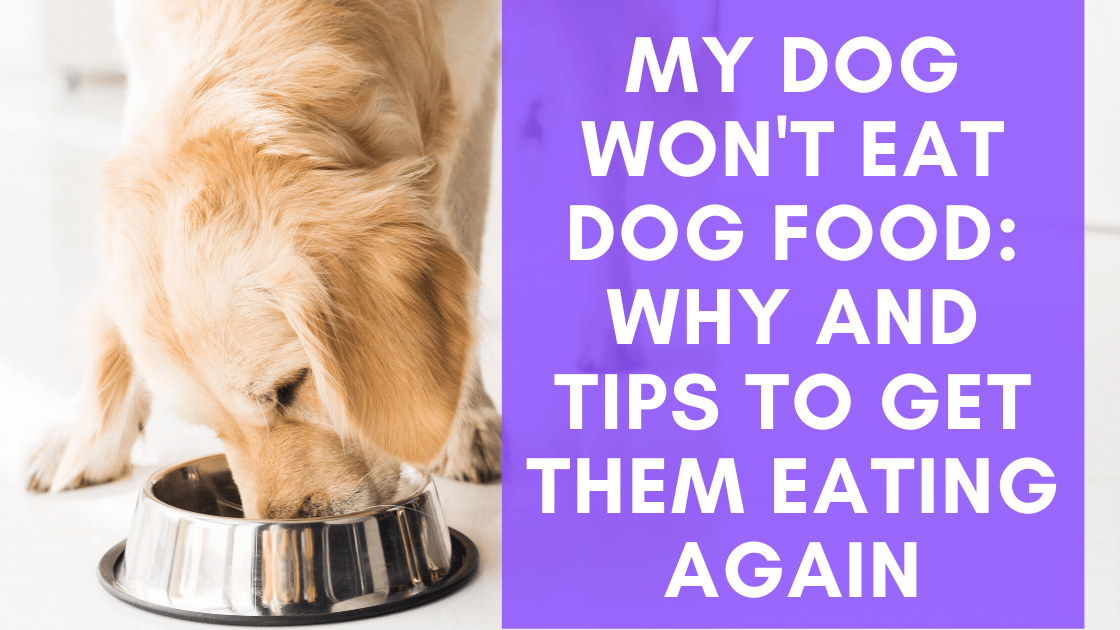Choosing the right food for your dog isn’t always an easy task. You want something with high-quality ingredients, something they like the taste of, and food designed for their size and unique needs.
Which often brings up the question, do dogs need grains? Or rather, do dogs need grain free food? We often read and hear about the perceived benefits of low-carb, gluten-free, or grain-free diets for humans, so what about our furry friends?
In short, a grain free diet is not necessary for every dog. However, grain free dog foods can be beneficial for dogs with food allergies or general digestive issues. Just be sure you choose a grain-free formula that still contains other carbohydrates and the right balance of protein. Ideally one with the AAFCO stamp of approval.
Let’s get a better understanding of whether or not dogs need grains, how to choose the right grain-free food for your dog, and other general dog food guidelines to follow.
Do dogs need grains?
Any time you start browsing the different food options for your dog you undoubtedly notice how many brands advertise and flash their grain free formulas. When it comes to dog food, it’s important that the formula has the right balance of fat, protein, and carbohydrates.
In fact, most AAFCO approved dog foods on the market today are made up of 50-75% carbohydrates because they are the main source of energy for our canine companions. Grains are an excellent and totally acceptable form of carbohydrates for most dogs.
The grains commonly found in dog foods are barley, oats, brown rice, whole wheat, and millet.
So do dogs need grains? Well, they don’t need grains per se, but they do need carbohydrates. If your dog is currently eating dog food that contains grains and they aren’t experiencing any health issues, there's no reason to make a change.
What is a grain free diet for dogs?
So then what is a grain-free diet? Grain free dog foods still have the high percentage of carbohydrates that their grain-filled counterparts contain. These carbohydrates are typically plant-based. Grain free formulas often contain sweet potato, potato, peas, lentils, beans, and corn.
Many grain free dog foods are also classified as “limited ingredient diets”. Technically, this term is not regulated by the AAFCO; however, it usually means a dog food that contains no more than 6 ingredients. These types of foods are popular among dogs with allergies or digestive issues.
So when should you invest in grain-free dog food? If you’ve been shopping around for dog foods, you’ve probably noticed the grain-free varieties are often the most expensive. Should you give in to the hype or keep with your current food?
If there’s not an issue, it’s probably fine to continue with your regular food. However, if you are noticing ongoing health issues or discomfort in your pup, trying a grain-free formula could help.
Signs a grain-free diet could be right for your dog:
- Chronic itchiness, skin irritation or rashes
- Recurring ear infections
- Excessive gas
- Coat, skin and nail issues
- Diarrhea or constipation
Just remember that if you do decide to switch your dog's diet, you want to do so gradually. Start out by cutting their current food with the new food at a 75/25 ratio and increasing the amount of the new food over the course of 1-2 weeks.
My experience with grain free dog foods
We have found through trial and error that 2 of our 3 dogs do best on a grain-free formula. When our Labrador has formulas that contain grains he gets the worst gas! And no one wants a smelly dog. What’s more, we can tell his stomach is uncomfortable and see loose stools when he eats foods with grains. For him, a limited ingredient diet is essential because of his sensitive stomach.
For our German Shepherd, we feed him a grain-free food with a variety of protein sources formulated with healthy fats. He has extensive allergies, a thyroid disorder, and digestive issues due to malnourishment as a pup (we fostered and then adopted him). It took a lot of trial and error to find a food that didn’t increase his multitude of symptoms.
And then we have our Husky, who could eat literally anything! We joke that she has an iron stomach. She never has digestive issues, coat issues, or issues with infections. She could eat food with grains, but we feed her what our German Shepherd gets just so that we aren’t buying three different foods every month.
Other things to consider when choosing a dog food
Whether you decide that grain free dog food is right for your dog or not, here are some other general tips for choosing the right food:
- Look for foods that have the AAFCO (Association of American Feed Control Officials) seal of approval
- Foods that say, “This product is intended for intermittent and supplemental feeding only” should be avoided. It does not meet nutritional guidelines for dogs
- Learn about the quality of proteins in your dog’s food, and when a high-protein diet is a good idea and when it’s not
- Always choose food that is formulated for your dog’s size and life stage. This is important because formulations and nutritional needs vary based on size and age
- Read about what human foods are safe for dogs and consider using more people food for treats or to enhance your dog’s meal
Grain free diets, what do you think?
Now you have a better understanding of grain free diets for dogs and when they might be necessary. With this information, you can make a more informed decision about what your dog should eat.
Remember to always discuss diet changes with your vet, especially if you are trying to address underlying conditions and symptoms. Together, you will find an approach to help your dog improve.
Looking for more information related to dogs and food? Don’t miss these other articles:



